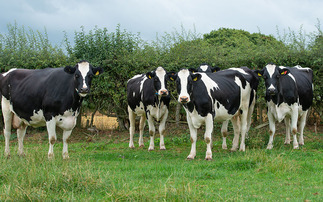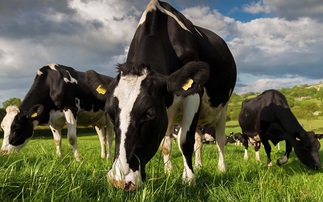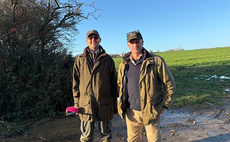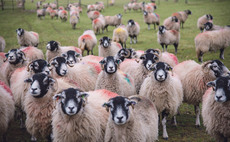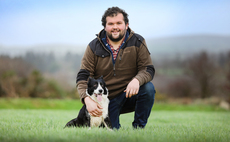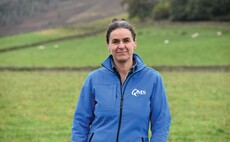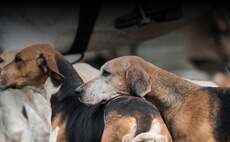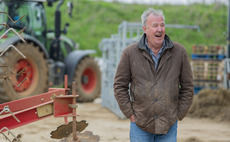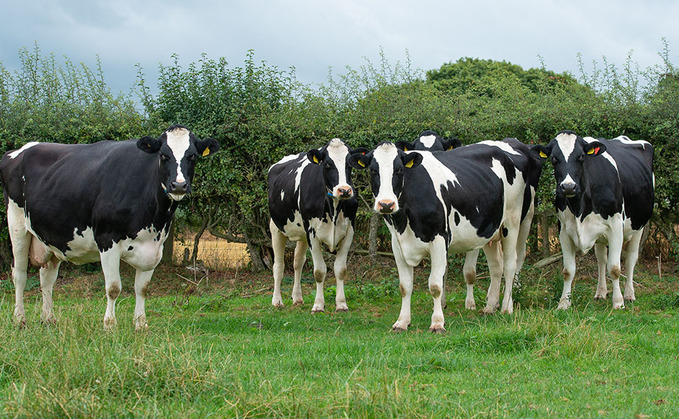
The Scottish BVD eradication scheme has been up and running for 10 years, so what are the key learnings for farmers in England?
But the Scottish BVD eradication scheme has been up and running for 10 years, so what are the key learnings for farmers in England?
Iain McCormick, veterinary investigation officer for Scotland's Rural College (SRUC), says: "After a period of voluntary testing, Scotland introduced a compulsory BVD eradication scheme in 2013.
"At this point, the BVD prevalence was estimated at 40% [BVD not-negative herds], but now 8.8% of holdings are classified as BVD not-negative, which shows how progress can be made using a compulsory eradication scheme to decrease an endemic cattle disease such as BVD."
With the BVD status of most of the breeding holding known under the Scottish scheme, Mr McCormick says this has ultimately led to overall improvements in cattle health and welfare, and farms which have eliminated BVD have seen ‘benefits' such as lower levels of calf pneumonia.
Success Removing persistently infected (PI) cattle, which acts as a reservoir of infection, is also critical to the success of any eradication scheme.
Mr McCormick says: "The latest stage, known as phase five, began in December 2019 and there are currently 19 known live PI calves in Scotland, on 11 different holdings, compared with 187 on 57 farms at the beginning of phase five.
"This is excellent progress, but 19 cases is still too many."
Continued effort must be placed on farmers engaging with their vets about BVD eradication and control.

Robust BVD health plan
Mr McCormick says: "Negative by-chance units contain herds which may have poor biosecurity, such as nose-to-nose contact with neighbouring herds or workers regularly visiting other farms.
"In many cases, these producers are not vaccinating their breeding herd against BVD.
"If BVD is unwittingly introduced, it can have devastating consequences.
"Having a robust BVD health plan created in collaboration with your vet is, therefore, extremely important, with the focus of preventing BVD from gaining a foothold on your farm."
Robust quarantine testing protocol
Mr McCormick says: "Referred to as ‘trojan cows', these are pregnant females, unwittingly bought-in carrying a PI calf, and are responsible for several BVD breakdowns in unsuspecting herds each year.
"Having a robust quarantine testing protocol is a good start, but tag-testing the calf as soon as possible after birth is also highly recommended, irrespective of the health status of the farm of origin.
"Farmers should isolate the dam and her new calf from the rest of the herd until they have both been tested and negative results are known.
"Not adhering to this advice had been the cause of several spectacular BVD breakdowns in Scotland."
Robust test checks
Mr McCormick says: "Check tests are an ideal opportunity to ensure that there has been no BVD exposure on-farm.
"Testing five unvaccinated nine to 18-month-old home-bred calves per group is required if they have been housed together for more than two months.
"All separately managed groups must be correctly identified and tested and your vet will help you identify which calves to test."
For management groups larger than 50 animals, it is recommended that 10% are sampled.
He says: "There can be the temptation to cut corners and not stick to these rules. However, this creates a false economy as BVD breakdowns can get missed and the opportunity for a proper, rigorous, timely investigation is delayed.
"As Scotland moves to the next stage of its eradication scheme, the advisory committee is keen to address many of the pitfalls discussed above.
"Continued effort must be placed on farmers engaging with their vets about BVD eradication and control.
"Ultimately, the end goal of a BVD free nation is possible, but only if all devolved nations work together."
Top tips for an effective youngstock check test
- Ask your vet why testing the right number of animals from each management group is important
- Check the cattle have been housed together for more than two months
- Walk round the cattle sheds with your vet to agree how many management groups there are before getting cattle into the crush
- Test five unvaccinated nine to 18-month-old, home-bred calves per management group, or 10% if 50 or more in the group
Top tips to avoid buying a ‘trojan cow'
- Ask the seller if the cow has been vaccinated against BVD, enquire about the farm's BVD status and her pregnancy status
- Isolate the newly purchased cow/heifer on arrival and get your vet to blood sample her for BVD antibody and virus if she is in-calf
- Remember if the cow is BVD virus negative, the calf inside could still be a PI
- Calve her in isolation and tag test the calf as soon as possible after birth
- Do not mix the cow and newly born calf with the rest of the herd until you have had negative test results back for both cow and calf
Role of vaccination
For many herds, vaccination is ‘key' for preventing BVD breakdowns.
Mr McCormick says: "Biosecurity is important, but considering the many ways BVD could enter a herd, relying on biosecurity alone can be a risky strategy.
"An effective vaccination protocol ensures all breeding cows and heifers are protected before service and throughout pregnancy to prevent the birth of PIs.
"The Annual Health and Welfare Review is a good opportunity to review vaccination protocols and ensure all breeding cattle are fully protected."
For more information, visit boehringer-ingelheim.com/animal-health.








